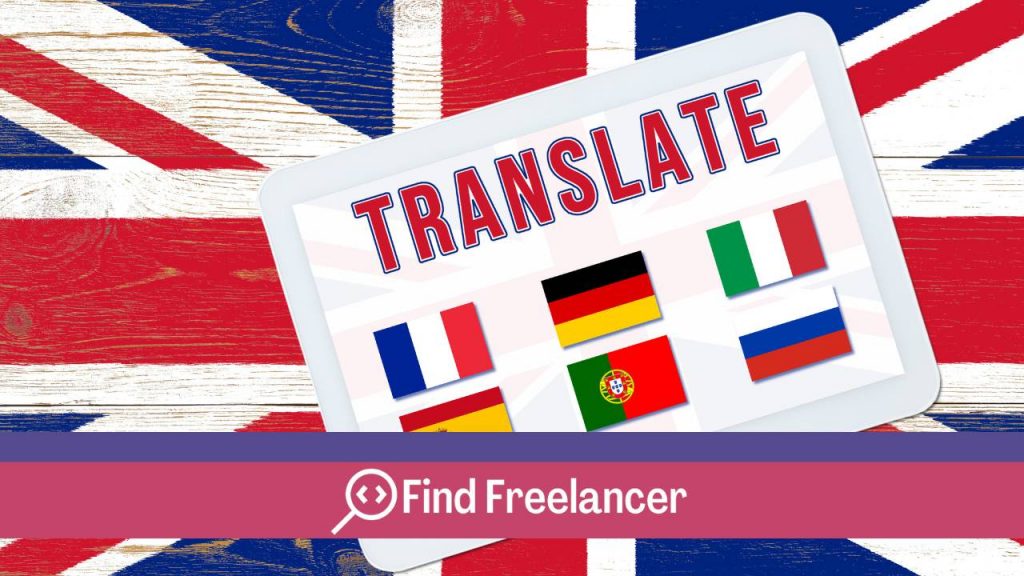When it comes to translating a website, there are many options available to site owners. One of these options is the use of DeepL, an increasingly popular machine translation tool. But can you really use DeepL to translate your website efficiently and professionally? In this article, we take a close look at the advantages and limitations of using DeepL to translate your website. We’ll also discuss best practices for achieving the best possible results while maintaining the quality and effectiveness of your translated website.
Can you trust DeepL to translate your website?
When it comes to translating a website, there are many options available to site owners. DeepL, an increasingly popular machine translation tool, may seem like a quick and convenient solution. However, it is essential to understand both its advantages and limitations before deciding to use it to translate your website.
Advantages of using DeepL to translate your website
DeepL offers several undeniable advantages when it comes to translating a website.
– Accurate translations
DeepL uses advanced neural translation technology to produce accurate, natural translations.
– Speed
Thanks to its powerful algorithm, DeepL is able to translate large amounts of text in record time, making it a fast option for translating an entire website.
– Low cost
Compared to hiring a professional translator, using DeepL is often much less expensive, making it an attractive option for website owners on a budget.
Limits to using DeepL to translate your website
However, despite its advantages, DeepL also has some important limitations to consider.
– Lack of context
DeepL often translates word by word, without always understanding the context in which the words are used. This can lead to incorrect translations, particularly for idiomatic or technical expressions.
– Translation errors
While DeepL is generally accurate, it’s not infallible. Occasionally, errors can creep into translations, which can damage the credibility of your website.
– Less common languages
DeepL works best for common languages, such as English, French or Spanish. For less common languages, translation quality may be lower.
In conclusion, although DeepL can be a useful tool for translating a website, it’s important to understand its limitations and take steps to ensure the quality and accuracy of translations.
How to use DeepL to translate your website effectively.
Translating your website with DeepL can be an effective solution for reaching an international audience. However, to achieve the best results, it’s essential to follow some best practices and key steps.
Best practices for translating your website with DeepL
- Prepare your content: Before you start translating, make sure your content is clear, concise and unambiguous.
- Use simple language: Opt for clear, simple language that will be easy to translate for DeepL.
- Divide your content into sections: Divide your website into distinct sections to facilitate translation and content organization.
- Use glossaries and translation memories: Create glossaries and translation memories to ensure translation consistency and accuracy.
- Check consistency of style and terminology: Ensure that the style and terminology used are consistent across the site.
- Use DeepL’s advanced features: Explore DeepL’s advanced features, such as autocorrect and terminology suggestion.
Steps to using DeepL to translate your website
- Go to DeepL: Log in to your DeepL account and go to the “Document Translation” tab.
- Select your file or enter your website’URL: Choose the file containing your website content or simply enter your website’URL.
- Select target language: Choose the language into which you wish to translate your website.
- Start translation: Click the translate button to start the translation process.
- Review and correct the translation: Once the translation is complete, review the translated content and make any necessary corrections.
- Integrate the translation into your website: Once you are satisfied with the translation, integrate the translated content into your website, replacing the original content.
- Perform quality tests: Perform quality tests to ensure that the translation is consistent and accurate throughout the site.
By following these steps and best practices, you can use DeepL to translate your website efficiently, while guaranteeing translation quality and accuracy.
Should you always use a professional translator to check the translation of DeepL?
It is recommended that you use a professional translator to check translations made by DeepL. Although DeepL can provide fast and often accurate translations, it does not always understand the context in which words are used.
In addition, DeepL tends to translate literally, word for word, which can lead to errors, particularly in complex sentences or idiomatic expressions.
A professional translator is able to understand the context and make sure that the translation is faithful to the original meaning. He or she can also correct grammatical and syntactical errors that might be overlooked by DeepL.
Hiring a professional translator to check translations from DeepL ensures that your website is perfectly localized and tailored to the target audience. It also guarantees clear and effective communication with your users. If you’re looking for one, visit the BeFreelancr platform.
What are the alternatives to DeepL ?
When looking for alternatives to DeepL for translating your website, there are several options to choose from. Although DeepL is an effective machine translation tool, it is always worth exploring other solutions to obtain the best possible results.
Google Translate
Google Translate is one of the best-known alternatives to DeepL. This tool offers instant translation in many languages and is widely used to translate text and web pages.
Microsoft Translator
Microsoft Translator is another popular option. It offers high-quality translation and supports a wide range of languages.
Professional translators
Using professional translators is a recommended solution to guarantee accurate translation tailored to the context of your website. Although it may be more expensive than machine translation tools, it guarantees superior quality.










